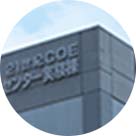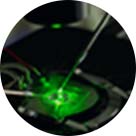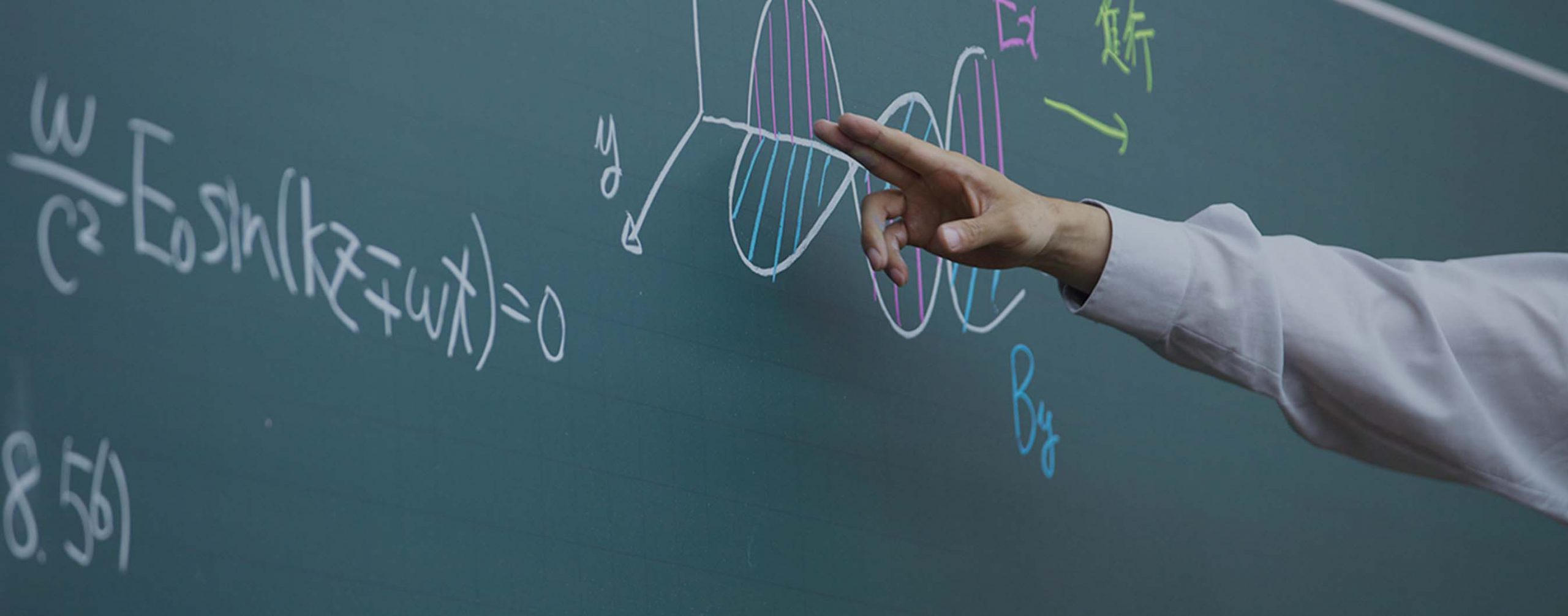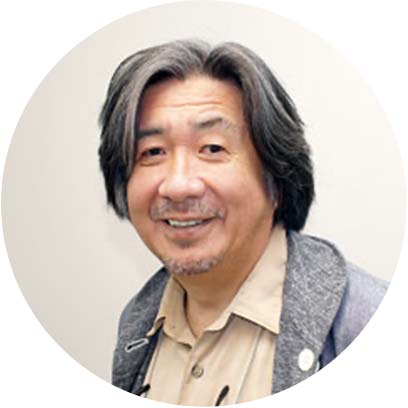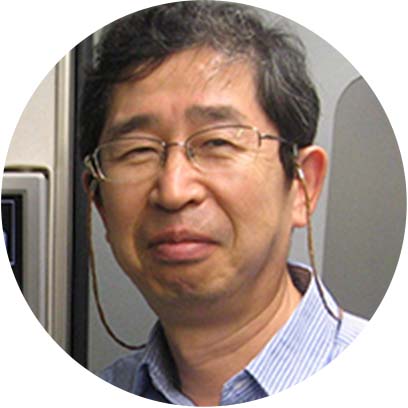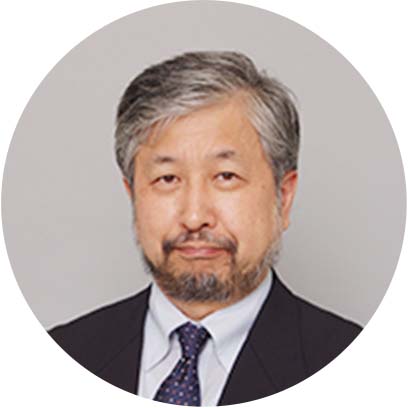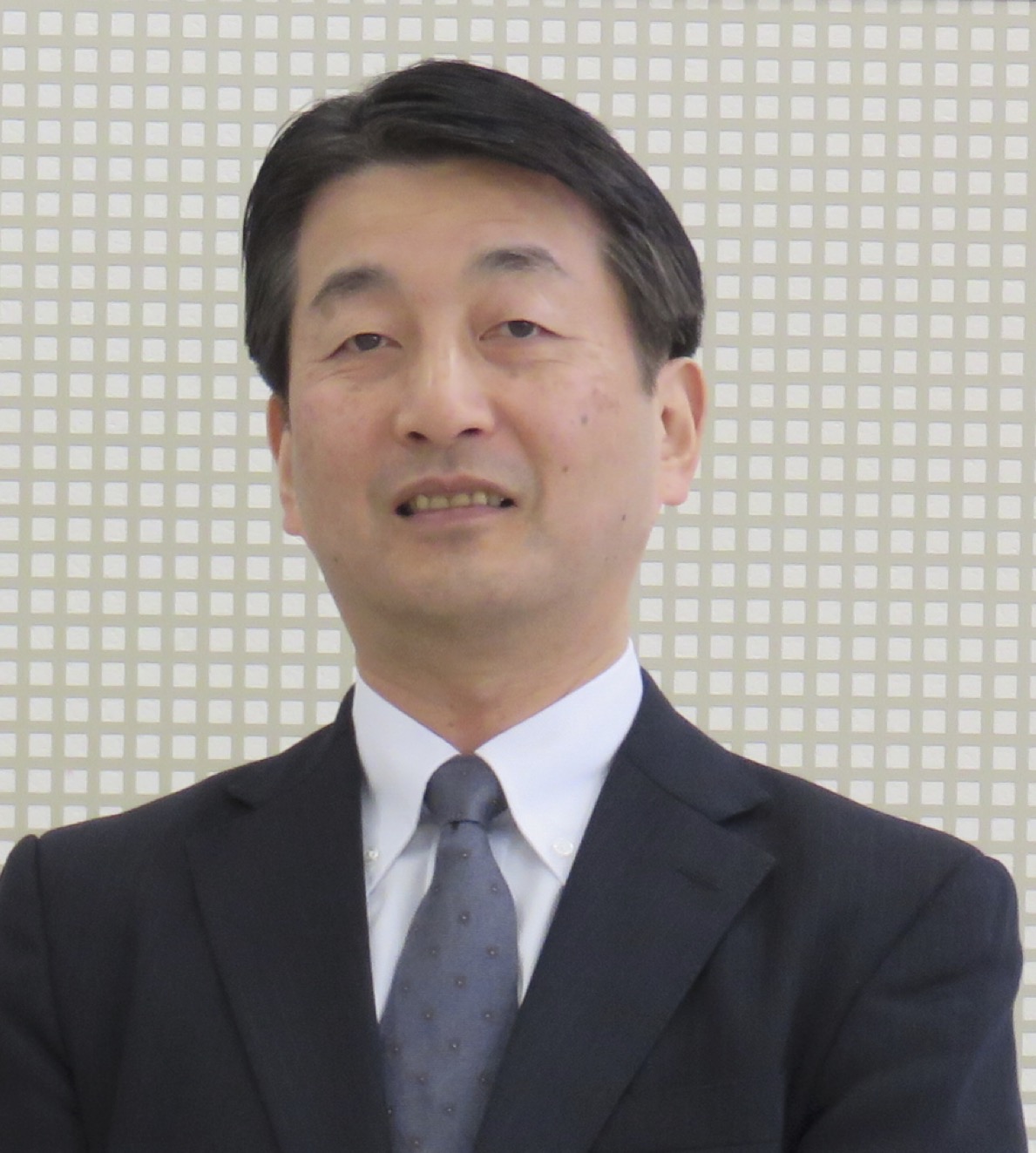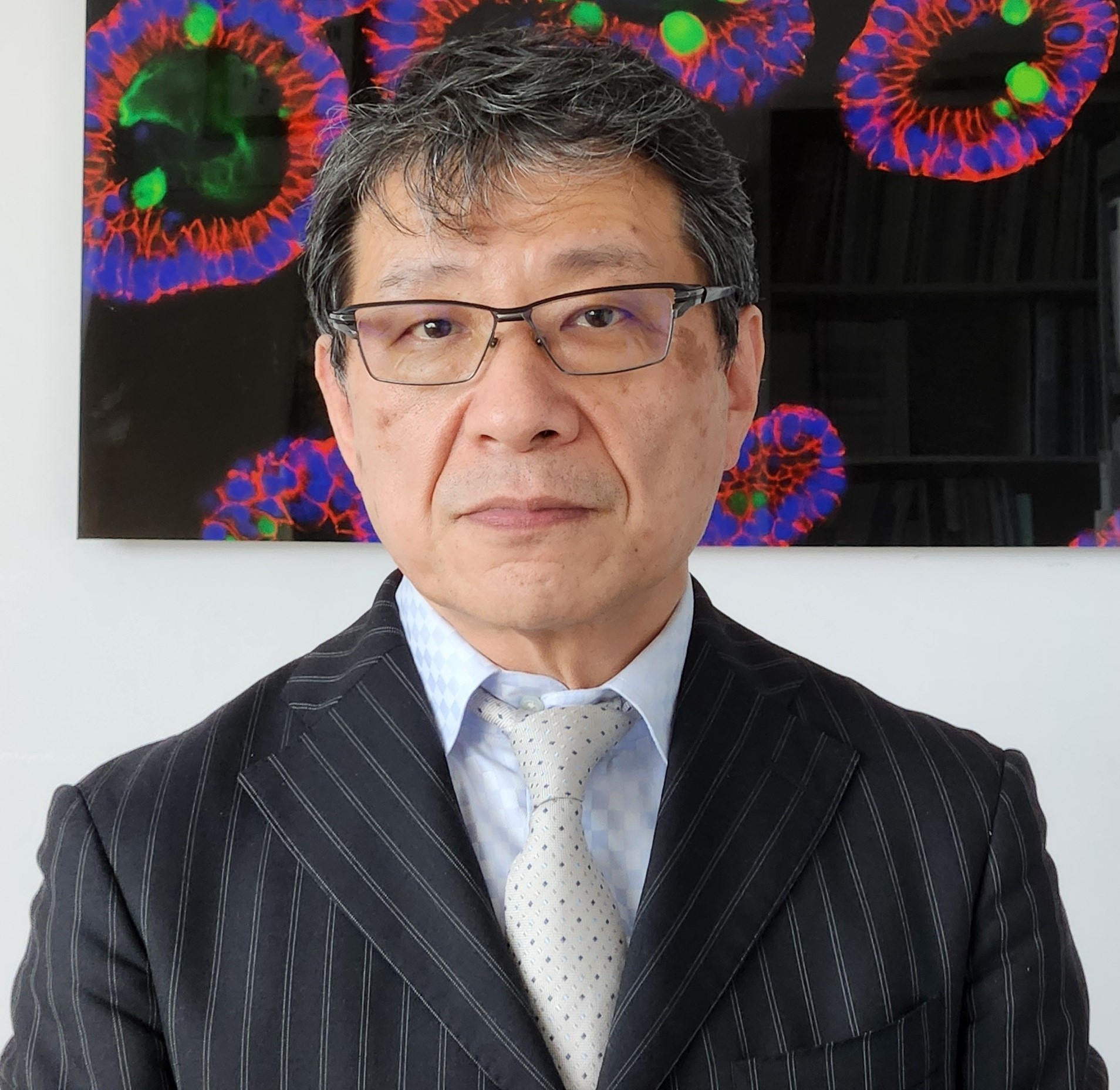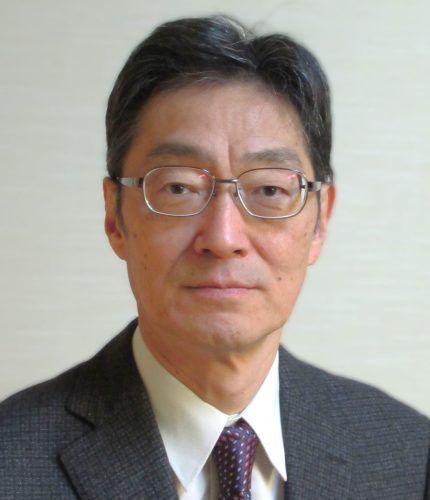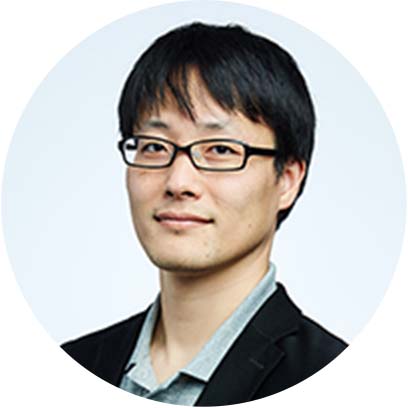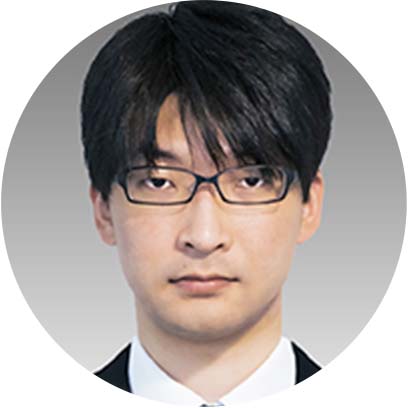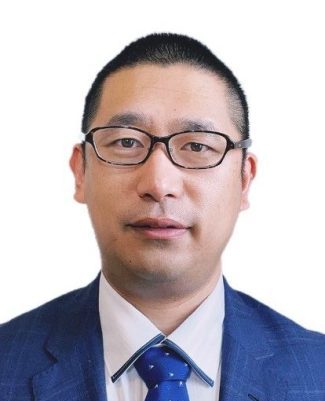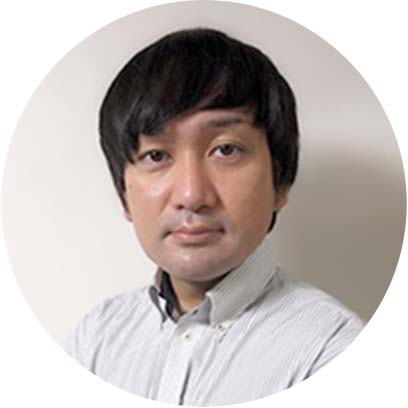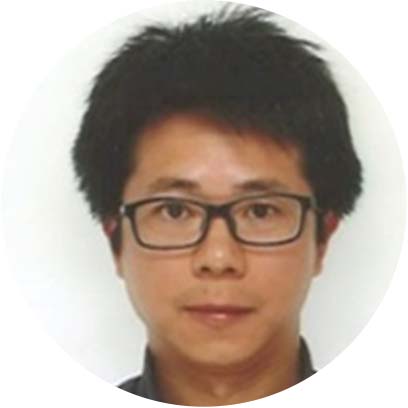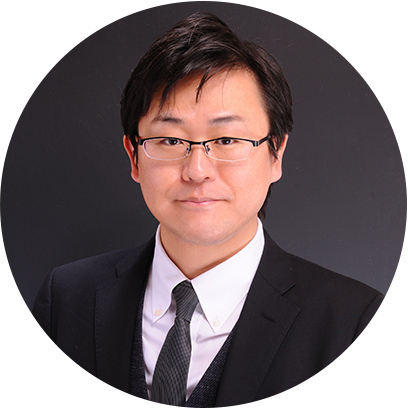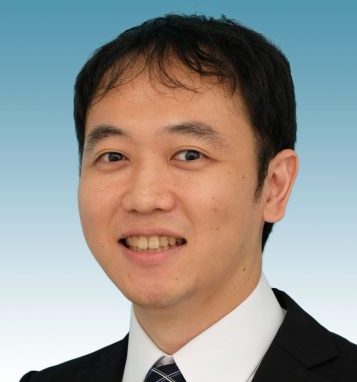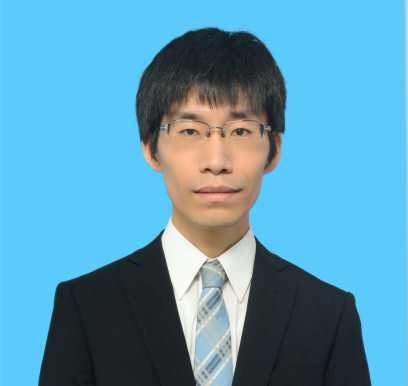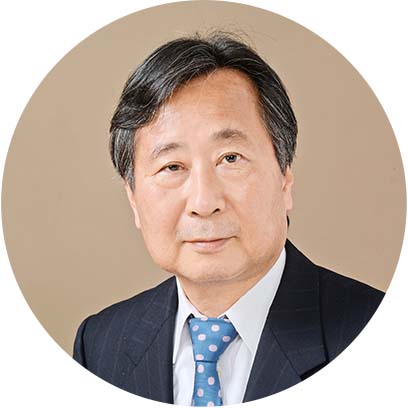
Hiroshi NISHIHARA
Director General, ProfessorNISHIHARA Laboratory
Laboratory Original WebsiteMajor
Materials science, Nanoscience, Interdisciplinary field of chemistry and physics
Research Keywords
Coordination chemistry, Electrochemistry, Polymer science, Inorganic chemistry, Nanoscience
SDGs Initiatives




Research Summary
Coordination nanosheets are ultrathin films of two-dimensional conjugated polymers composed of metal ions and planar organic π ligands. We first reported coordination nanosheets exhibiting metallic properties in 2013. Coordination nanosheets can be synthesized under mild conditions by bottom-up complexation reactions between metal ions and organic molecules. Since it is possible to create a wide variety of chemical and geometric structures leading to various physical properties, chemical properties, and mechanical properties, the ripple effect of coordination nanosheets on science and industry is immeasurable. We will establish high-quality synthesis of novel functional coordination nanosheets, clarify their physical and chemical properties, and create composite systems such as heterolaminates and conjugates to exhibit their unique physical and chemical functions and explore applications to electronic, magnetic, and optical devices, as well as energy conversion and storage devices.


